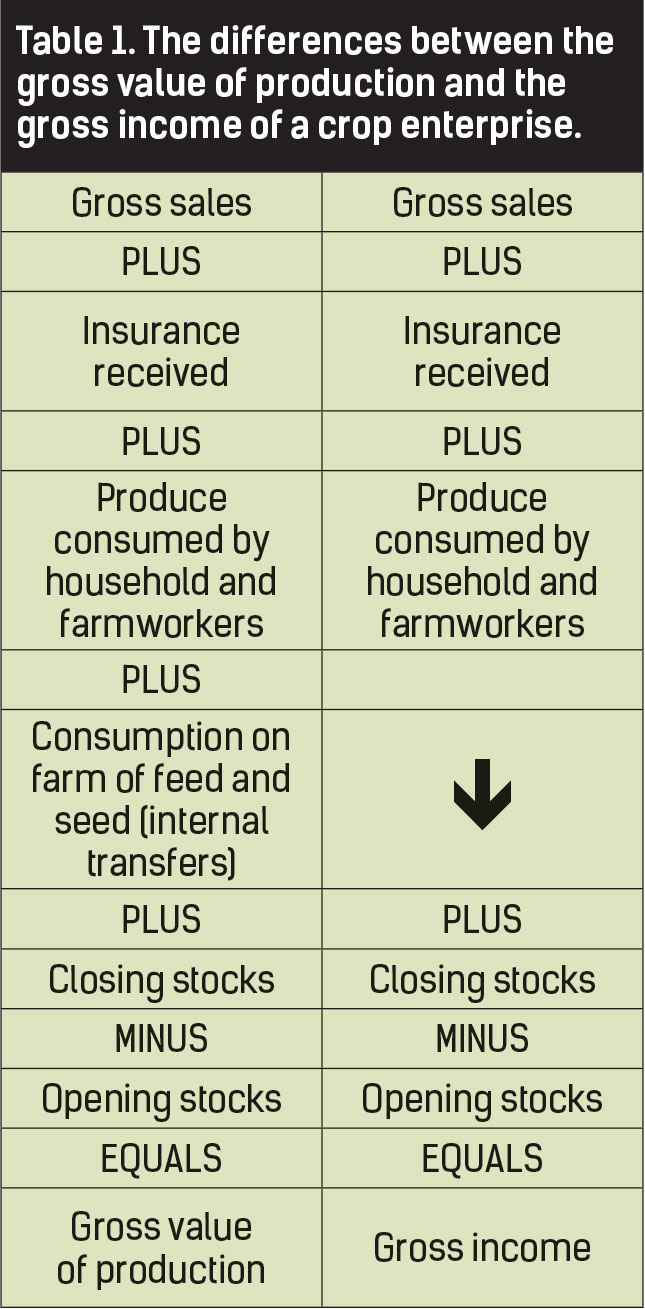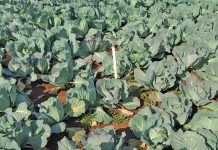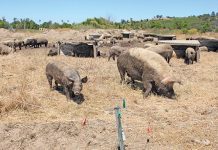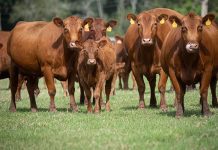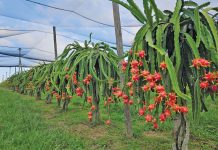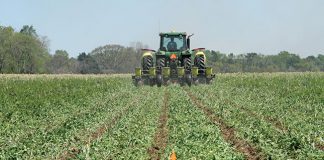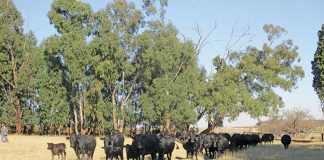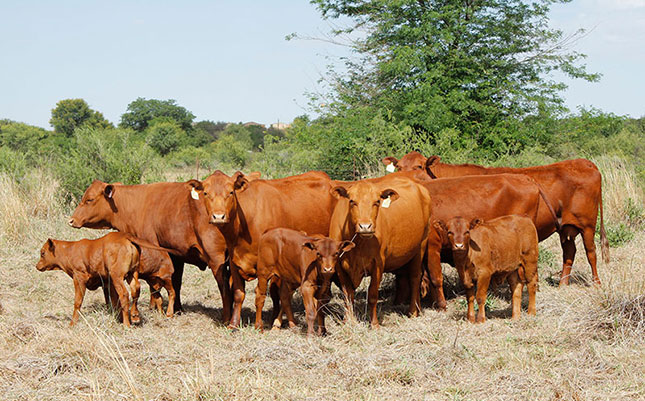
Cash crops
The gross value of production (GVP) of a cash crop enterprise is the total value of the production from that enterprise. It is calculated as follows:
Gross sales (including all advance, intermediate and supplementary payments)
+ Insurance received as a result of crop losses
+ Produce consumed by household (and donations)
+ Produce consumed by labour
+ Seed and feed used on the farm (internal transfers)
+ Stock adjustments (closing stocks minus opening stock).
Livestock
GVP here is the total production value of livestock products plus trading income plus the livestock inventory change. It is calculated as follows:
Gross sales of livestock (including all advance, intermediate and supplementary payments)
+ Insurance received for livestock losses
+ Livestock consumed by household/farmworkers
+ Items consumed by other enterprises (internal transfers)
– Livestock purchases
+ Inventory change. That is, the closing value of livestock minus the opening value of livestock.
Sundry farm income
This includes: income derived from contract work; bonus on turnover; farm produce sold that is difficult to place in other categories or of minor importance (a maize farmer, for example, might keep a few cows and sell the milk to the neighbours); income from veld leased out and hay sold.
Gross value/income
Gross value of production is the sum of all the farm enterprises (cash crops and livestock enterprises) plus sundry farm income.
The gross income of an enterprise is calculated in the same way as gross value of production for a crop and livestock enterprise except that internal transfers (intermediate inputs) of products from one enterprise to another are not taken into account (see Table 1 for an example.)
Source: ‘Some agricultural economic concepts’, department of agriculture.

